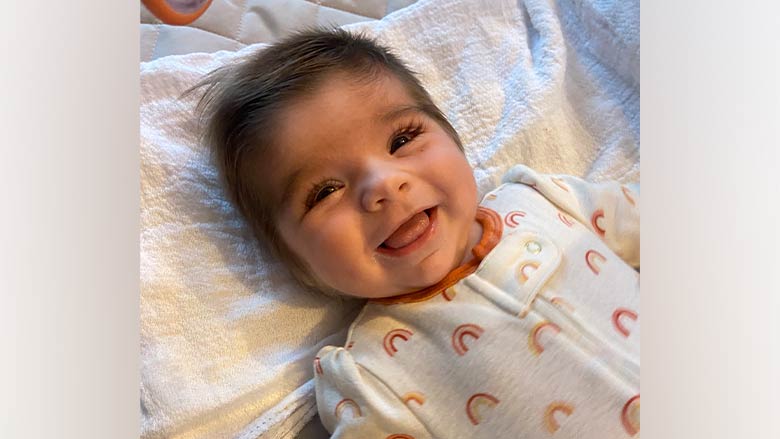Guidelines for Managing HI in School
Published on
Both medical management and neurodevelopmental conditions may require accommodations for your child with hyperinsulinism at school.
Published on
Both medical management and neurodevelopmental conditions may require accommodations for your child with hyperinsulinism at school.
Published on
CHOP’s HI Center, a Frontier Program, continues to set the standard for caring for children with congenital hyperinsulinism.
Published on
Nurse practitioner Emily Wilkinson, MSN, CRNP, CPNP-PC, is the newest member of the Congenital Hyperinsulinism Center team. Get to know Emily. [short teaser] Meet nurse practitioner Emily Wilkinson, MSN, who will see children in CHOP’s Congenital Hyperinsulinism Center.
Published on
Advance planning and working closely with your pharmacist can help families manage through medication shortages.
Published on
The Congenital Hyperinsulinism Center at Children’s Hospital of Philadelphia, with a high volume of approximately 80 congenital hyperinsulinism (HI) cases a year, sees a large share of unusual cases.
Published on
Unrecognized or inadequately treated hyperinsulinism (HI) poses a high risk of adverse neurodevelopmental outcomes due to the combined insult of hypoglycemia and lack of alternate brain fuels.
Published on

Inactivating mutations in the beta cell KATP channels are the most common cause of congenital hyperinsulinism (HI), accounting for approximately 60% of all cases with known genotype. The beta cell KATP channels play a very important role in the regulation of insulin secretion by coupling the metabolic state of the cell to membrane potential.
Published on
For the children with focal hyperinsulinism, the radiologist’s interpretation of a 18F-DOPA PET/CT scan guides the surgeon, leading to a cure in 97% of cases.
Published on
Nurse coordinators at the Congenital Hyperinsulinism Center assist patient families before the first appointment and through admission and follow-up.
Published on
Sophie Foss, PhD, has joined the CHOP Congenital Hyperinsulinism Center as its neuropsychologist. See how she can help your child.